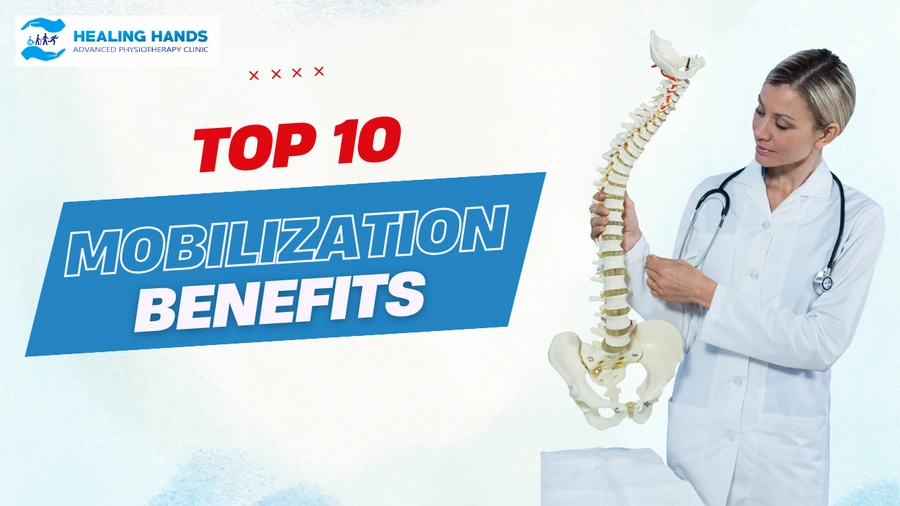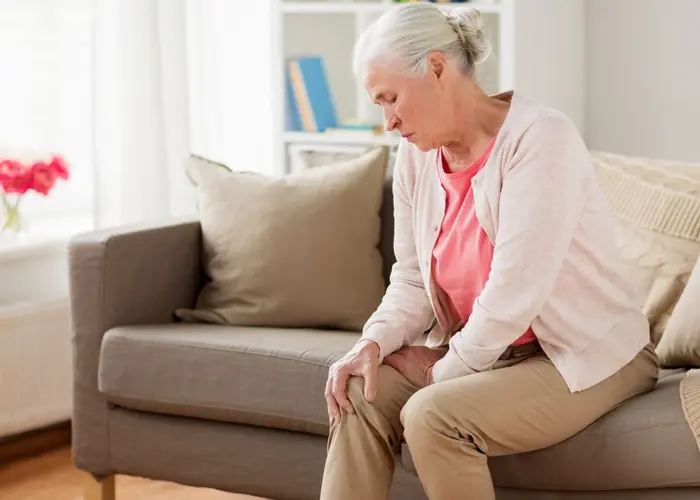Joint Mobilization Benefits : Top 10 Ways to Improve Joint Health and Mobility
Do you know the about Joint Mobilization Benefits? Picture yourself effortlessly tying your shoelaces, reaching for an item on a high shelf, or enjoying a brisk walk in the park. For many, such simple activities can become challenging due to joint pain, stiffness, or dysfunction.
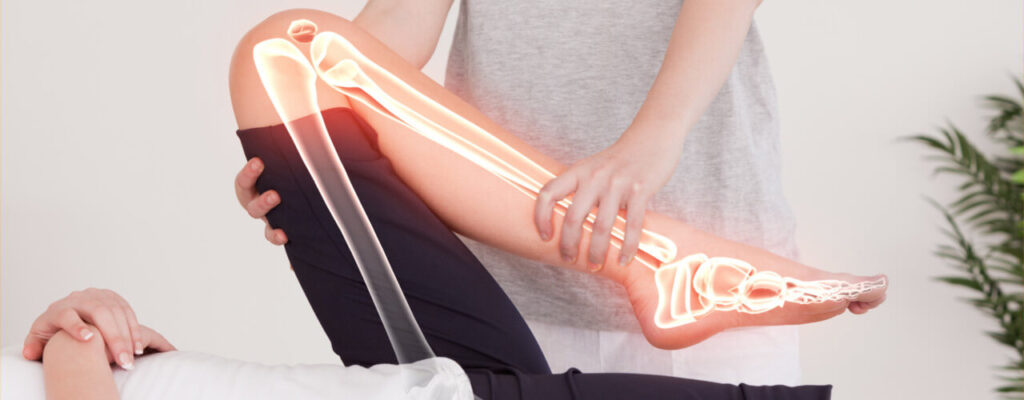
Mobilization techniques, a core element of physiotherapy, offer a proven way to restore joint health and function, helping people rediscover the joy of movement and a better quality of life.
In this blog, we’ll explore the top 10 joint mobilization benefits, focusing on its impact on daily life activities and overall well-being.
- Restores Joint Mobility for Daily Tasks
Stiff joints can turn simple tasks—like bending to pick up a dropped pen—into frustrating challenges.

Mobilization techniques help restore the natural range of motion, making day-to-day activities more manageable and pain-free.
Example: A teacher with a stiff neck from prolonged desk work can turn their head comfortably again, making their workday smoother.
- Relieves Pain and Eases Movement
Pain is a common barrier to an active lifestyle. Mobilization techniques work by activating joint receptors that reduce pain signals to the brain.
This natural pain relief allows individuals to engage in activities they may have avoided, such as gardening, walking, or even playing with their kids.
Example: A grandmother with knee osteoarthritis can kneel to play with her grandchildren again without discomfort.
- Improves Joint Nutrition and Longevity
Healthy joints need movement to thrive. The benefits of Joint Mobilization include enhances the circulation of synovial fluid, the lubricant that nourishes cartilage and prevents wear and tear.
This keeps joints functioning smoothly and helps reduce the risk of degenerative conditions like osteoarthritis.
Example: A long-distance runner with early signs of knee stiffness can maintain their passion for running with regular mobilization sessions to keep joints well-lubricated.
- Reduces Stiffness for Easier Morning Routines
Morning stiffness is a common complaint, especially in conditions like arthritis or after long periods of inactivity.

Mobilization techniques help loosen tight joints, allowing individuals to start their day with ease.
Example: A busy parent can wake up and move comfortably to prepare breakfast for their family without the usual joint stiffness.
- Promotes Proper Joint Alignment for Better Posture
Poor joint alignment can lead to slouching, uneven gait, or unnecessary strain on other parts of the body.

Joint Mobilization Therapy corrects alignment issues, ensuring efficient movement patterns and reducing the risk of injury.
Example: An office worker with a hunched back due to prolonged sitting can achieve better posture and reduce neck strain through spinal mobilization.
- Speeds Up Recovery from Injuries
Injuries often lead to joint immobility and secondary complications like swelling or muscle weakness.

Mobilization accelerates recovery by improving circulation, reducing stiffness, and encouraging natural healing.
Example: An athlete recovering from an ankle sprain can return to the field faster with mobilization sessions targeting the injured joint.
- Prevents Secondary Complications for Better Health
Prolonged joint immobility can lead to adhesions, contractures, or muscle atrophy.
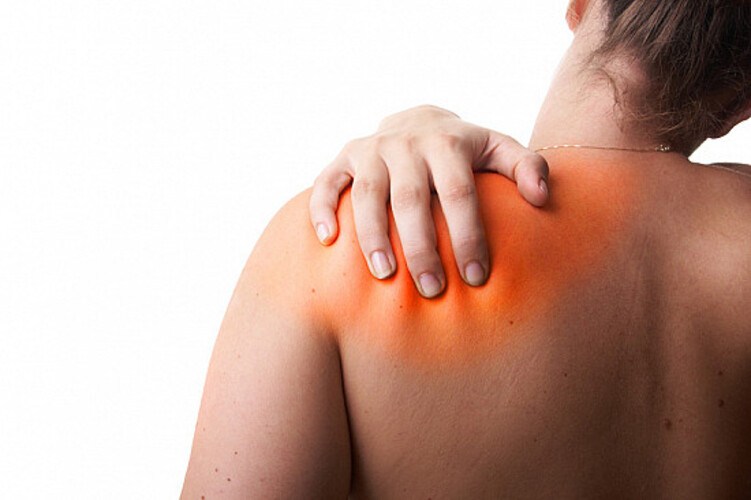
Mobilization prevents these issues by maintaining joint and muscle function during recovery periods.
Example: A patient recovering from shoulder surgery avoids developing frozen shoulder by incorporating mobilization early in their rehab program.
- Enhances Muscle Function for Daily Strength
Restricted joints can weaken the surrounding muscles, affecting their ability to perform.
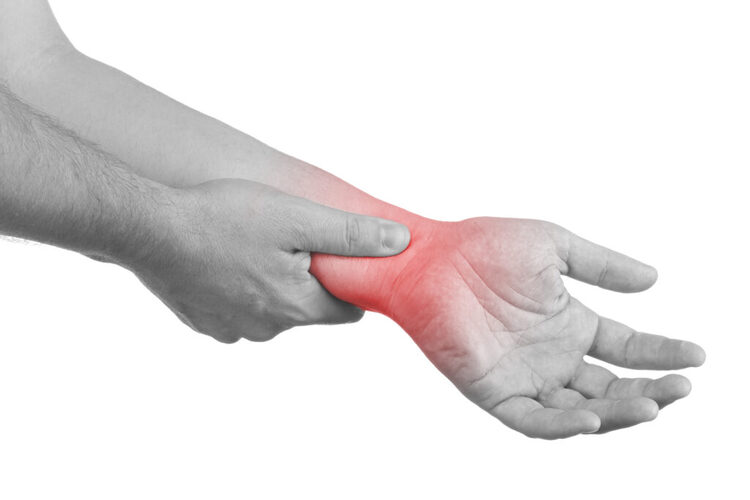
Mobilization restores joint movement, allowing muscles to regain strength and function.
Example: A factory worker with wrist stiffness can grip tools more effectively after mobilization, improving their productivity and reducing strain on their hand muscles.
- Supports Active Lifestyles and Hobbies
For many, joint problems mean giving up favourite activities like dancing, yoga, or sports. The Benefits of Joint Mobilization therapy include restoring movement and reducing pain, allowing people to return to the hobbies that bring them joy.
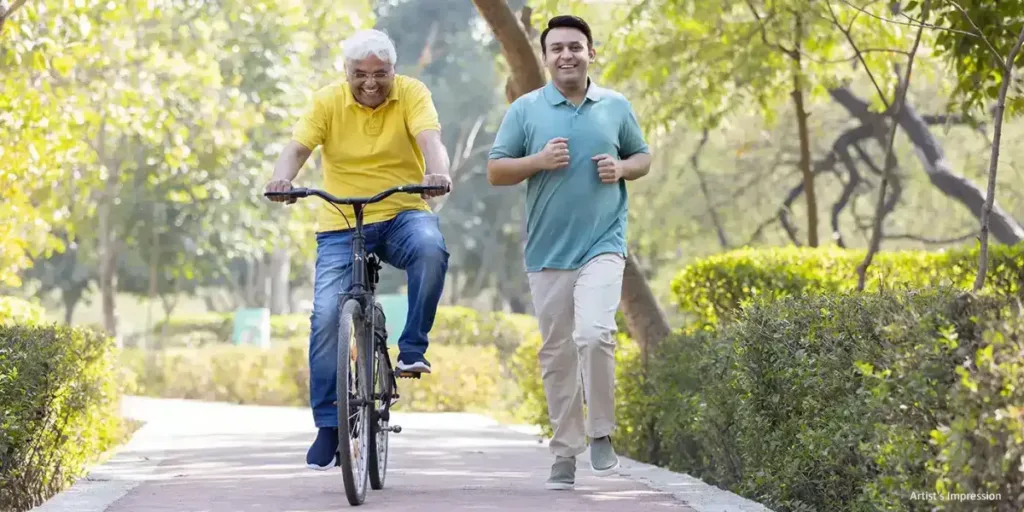
Example: A retiree passionate about gardening can once again dig, plant, and prune without discomfort “thanks to hip and knee mobilization therapy”.
- Boosts Overall Well-Being and Confidence
Living with joint issues can impact mental health, reducing confidence and independence. Mobilization helps individuals regain control of their lives, improving not just their physical health but their emotional resilience and self-esteem.
Example: A young professional with chronic back pain feels confident enough to join a hiking trip with friends after undergoing regular spinal mobilization sessions.
Why Mobilization Is Essential for Joint Health
Mobilization is more than just a therapeutic intervention—it’s a tool to unlock better health and independence. Here’s how it transforms lives:
Daily Activities: Easier walking, bending, and lifting.
Long-Term Joint Health: Reduced risk of degeneration.
Active Living: Freedom to pursue hobbies and social activities.
Who Can Benefit from Mobilization?
Mobilization techniques are suitable for a variety of individuals:
Seniors: Combat joint stiffness and age-related issues.
Athletes: Recover from injuries and optimize performance.
Office Workers: Address postural imbalances and reduce neck and back pain.
Post-Surgical Patients: Regain joint function safely.
Also Read: Understand & Conquer Morning Neck Stiffness
Final Thoughts
Mobilization isn’t just about fixing joints—it’s about improving lives. By restoring mobility, reducing pain, and enhancing function, mobilization empowers individuals to move freely, live actively, and enjoy life to the fullest.
If joint issues are holding you back, consult a physiotherapist today. Mobilization could be the key to reclaiming your health and happiness.
Written By:
Dr. ANINDYA DEB,
Consultant Physiotherapist, JP Nagar Branch
Healing Hands Advanced Physiotherapy Clinic

